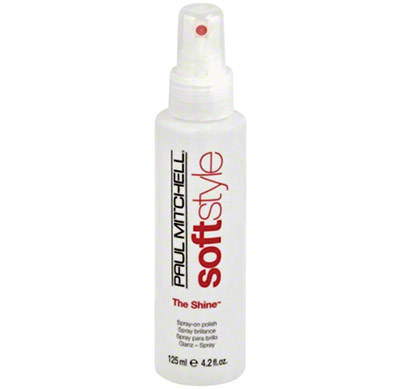

As temperatures decrease, moisture levels in the air drop as well, causing your hair to become more dry and brittle. Textured, wavy and curly hair, which by nature is more dry then silky straight hair, will break even more easily during the winter and thus needs extra care.
Prevention: Add more moisture into your hair by using hydrating shampoos and conditioners. Hydrating masks with coconut milk or Aragon oil are a good idea to use weekly for those with extremely dry or textured hair. When traveling, or not using your wig, wrap it in a satin or silk scarf, to prevent the air from drying it out. Cotton and other types of materials can dry out the wig, causing static and or frizziness. Apply a biosilk type product on the last two-thirds of the hair ends periodically between styling for both wigs and your hair.
The colder the air gets the more your hair will pick up electrical charges from the dry air causing this undesired static.
Fix: Keep your hair or wig as moist as possible using the prevention tips for dry brittle hair. It’s important to minimize the amount of heat your hair/wig is exposed to. When needing to apply heat, be sure to use heat protectant spray first and use ionic hair dryers, which speed up the drying time, thus reducing the amount of time the hair is exposed to heat. To get rid of the static, it’s helpful to carry along some dryer sheets in your pocketbook in order to pat your hair or sheital with when you take off your winter coat and hat. Sleeping on a silk pillow case will retain more moisture in the hair during the night; cotton absorbs the moisture and is therefore not recommended as a pillowcase for those with dry hair.
As the air gets dryer, more split ends will occur.
Repair: The only way to repair split ends is to completely remove them. Both sheitals and hair need regular trimmings to remove them. Hair should be trimmed every six to eight weeks, while a sheital should be checked to see if it needs a trim every six months. If you didn’t have time to get to a hairdresser and need your hair to look temporarily good, there are split-end repair serums that will add shine and stick the split ends together temporarily. However, this is only a short-term fix, as the only way to repair split ends is to remove them.
This occurs to hair as well as sheitals. Wearing thicker collars, jackets, scarves, sweaters, make the hair at the nape of your neck matted into a rats nest.
Prevention: Braid, rope or bun up your hair to keep the hair less tangled. The longer the hair the more tangling will occur by the nape of the neck. Wavy, textured or curly hair will matt at the nape of the neck more than silky straight hair.
Not only do hats absorb the moisture in your hair, leaving it dryer, they also leave your hair with an unflattering style.
Fix: Since wearing hats mid-winter is a must, avoid hat hair by using a leave-in conditioner on your hair to lock in moisture. After you style your hair/wig, be sure to wait until your hair has had time to cool off from the hot tools used on them; if your hair is still warm when you put your hat on, it will be flat and lifeless when you take it off. When you get to your destination, flip your hair upside down after you remove your hat to revive the bounce of your hair. For those who wear sheitals it is best to wear a band-it with your hats. Band-it is a new product that is worn comfortably under hats. Wearing a hat over a sheital or fall will not only ruin the hairstyle but can actually cause long term damage to the piece by creating bald spots on top.
By Sari Friedbauer
Sari Friedbauer is the owner of Sari’s Wigs. She is a licensed hairdresser and cosmetologist as well as a certified wig maker. She is available for appointments and consults and can be reached at 201-694-5319.









